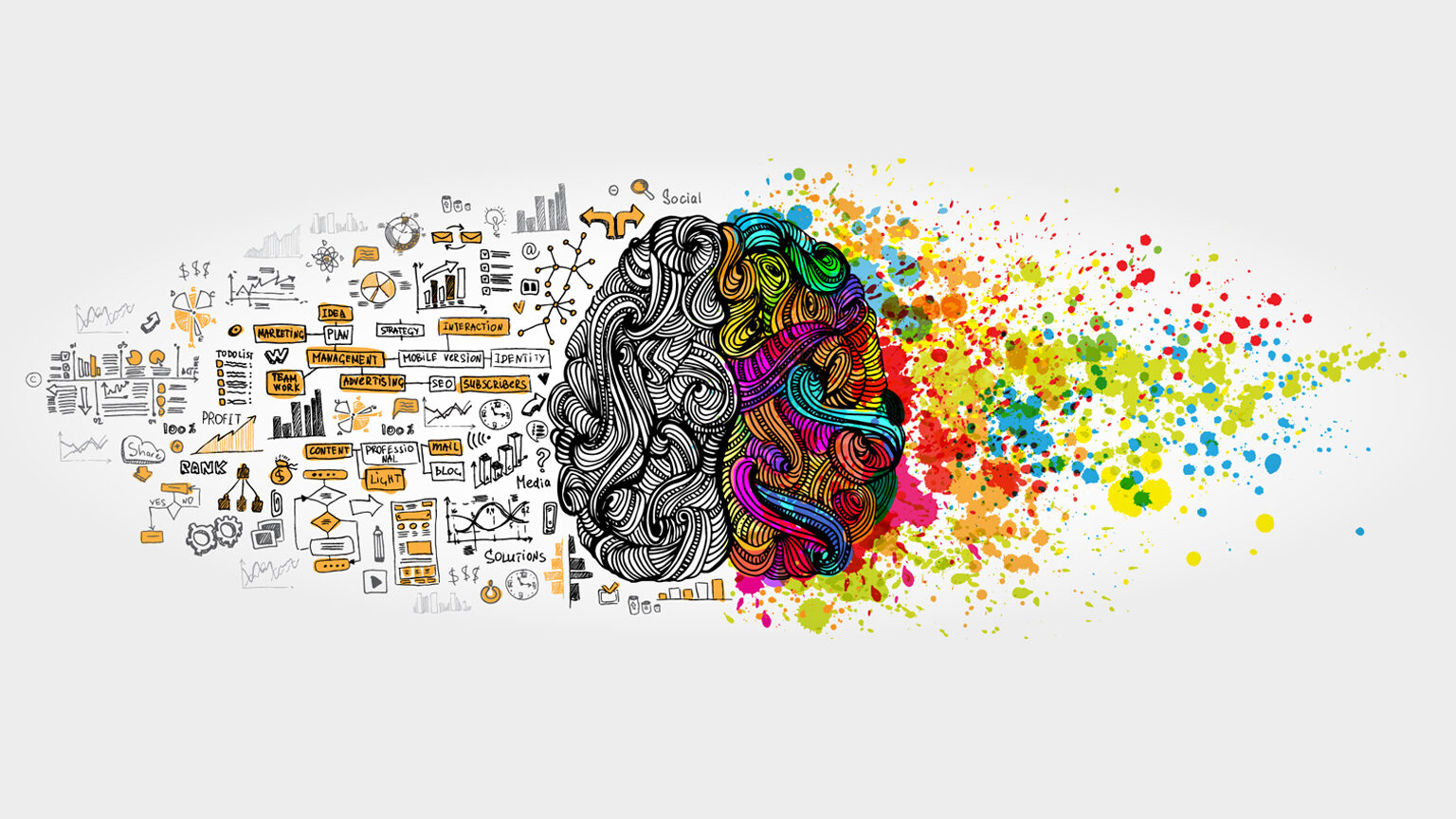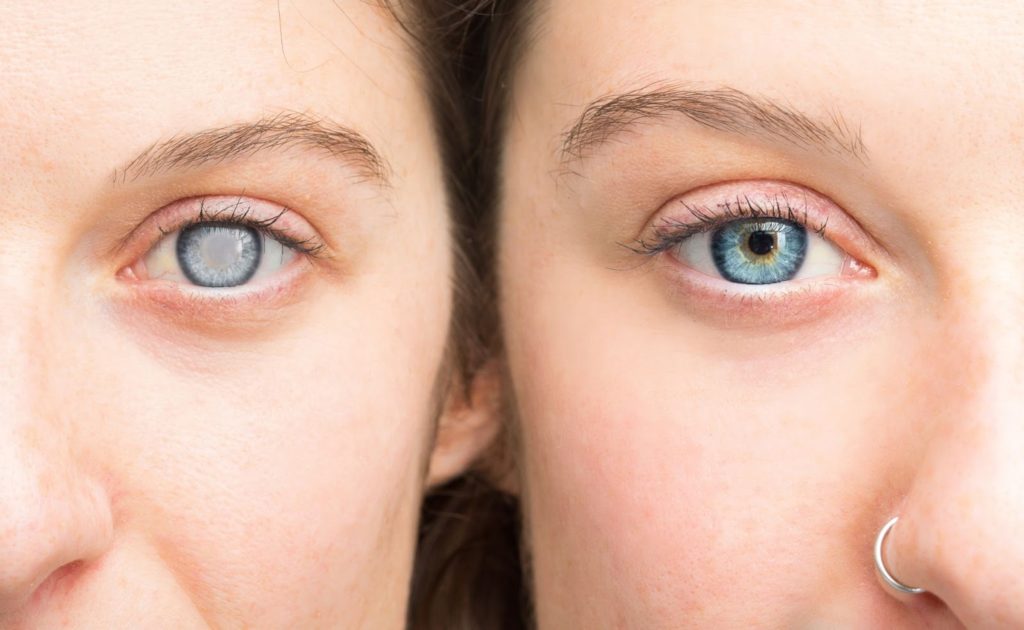Behavioral science is an interdisciplinary field that combines knowledge from psychology, sociology, and other social sciences to understand human behavior and how it is influenced by social and environmental factors. It encompasses a wide range of topics such as motivation, decision-making, communication, and group dynamics, and is used in fields such as education, marketing, and public policy to improve outcomes and promote well-being.
The Real Thinking Mom is this guide. Whether you’re raising typically developing children or your child has been given a behavioral diagnosis, you’ll find science and research-backed tools for your parenting toolkit, real-life solutions, and community.
We’re glad you’re here.

Industry Knowledge
The behavioral science industry applies the principles and research findings from behavioral science to various sectors such as business, healthcare, education, public policy, and technology. In business, behavioral science is used to improve customer engagement, enhance employee productivity, and inform marketing strategies. In healthcare, it is used to design interventions that promote healthy behaviors and adherence to medical treatments. In education, it is used to improve student learning and engagement. In public policy, it is used to design policies and programs that encourage desired behaviors and discourage undesired behaviors. In technology, it is used to design products and services that are more user-friendly, engaging and personalized.
Some examples of applications of behavioral science in the industry are:
- Nudging: Using small, subtle cues to influence people’s behavior without restricting their freedom of choice.
- Behavioral economics: Using insights from economics and psychology to understand how people make decisions, and how those decisions can be influenced.
- Persuasion: Understanding how people can be influenced to take a certain action through marketing, advertising, and other forms of communication.
- User experience (UX) design: Using behavioral science to design technology products and services that are easy to use and engaging.
- Behavioral finance: Using insights from psychology and economics to understand how people make financial decisions and how to improve financial outcomes.

Overall, Behavioral Science Industry is a highly interdisciplinary field and the applications are vast. The goal is to increase the understanding of human behavior, and to use that understanding to design products, services, policies, and programs that will lead to better outcomes for individuals and society as a whole.
What is the chance of Cataracts in Kids?

Cataracts in children are relatively rare, but they can occur. The prevalence of cataracts in the pediatric population varies depending on the underlying causes and risk factors. Here are some key points about cataracts in children:
- Congenital Cataracts: Cataracts that are present at birth or develop shortly after birth are known as congenital cataracts. They can occur in one or both eyes and may be present in different parts of the lens. The incidence of congenital cataracts is estimated to be around 1 to 6 per 10,000 live births.
- Developmental Cataracts: Cataracts that develop in children during infancy or childhood are referred to as developmental cataracts. They may be caused by genetic factors, metabolic disorders, trauma, infections (such as rubella or toxoplasmosis), or certain syndromes.
- Risk Factors: Some risk factors that may increase the likelihood of cataracts in children include a family history of cataracts, certain genetic conditions, maternal infections during pregnancy, prematurity or low birth weight, and certain metabolic disorders.
- Impact on Vision: Cataracts in children can cause significant visual impairment and may lead to amblyopia (lazy eye) if not treated promptly. Early detection and intervention are essential to minimize the impact on a child’s vision and overall development.
- Diagnosis and Treatment: Pediatric cataracts are typically diagnosed through a comprehensive eye examination by an ophthalmologist. Treatment for cataracts in children often involves surgery to remove the cloudy lens and, in some cases, the insertion of an intraocular lens (IOL) to restore vision. After surgery, the child may require vision therapy or glasses to optimize visual outcomes.
- Prognosis: The prognosis for children with cataracts varies depending on the cause, the timing of diagnosis, and the effectiveness of treatment. With early detection and appropriate intervention, many children can achieve improved vision and lead relatively normal lives.
- Regular Follow-Up: Children who have had cataract surgery may need regular follow-up visits with an eye care specialist to monitor their vision, ensure proper healing, and address any potential complications.
It’s essential to remember that while cataracts in children are relatively uncommon, early detection and prompt treatment are critical for better outcomes. If you suspect any vision problems in your child, it is important to have them evaluated by an eye care professional for timely diagnosis and appropriate management.

